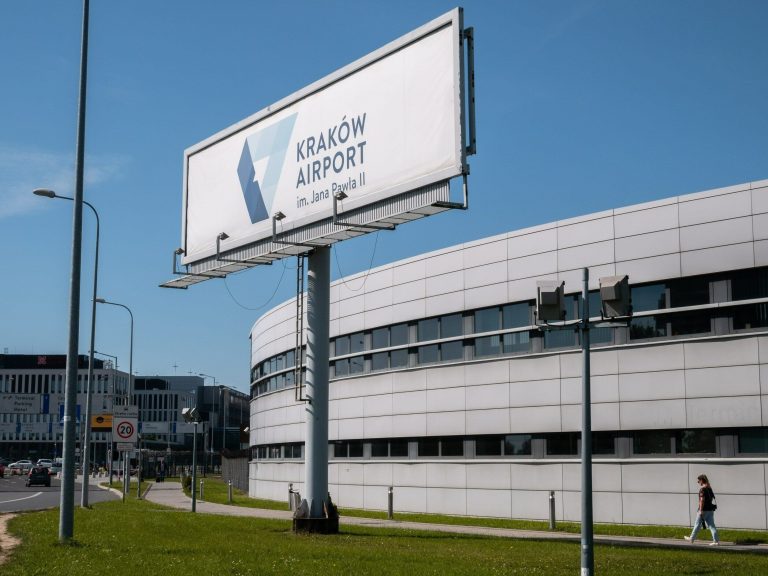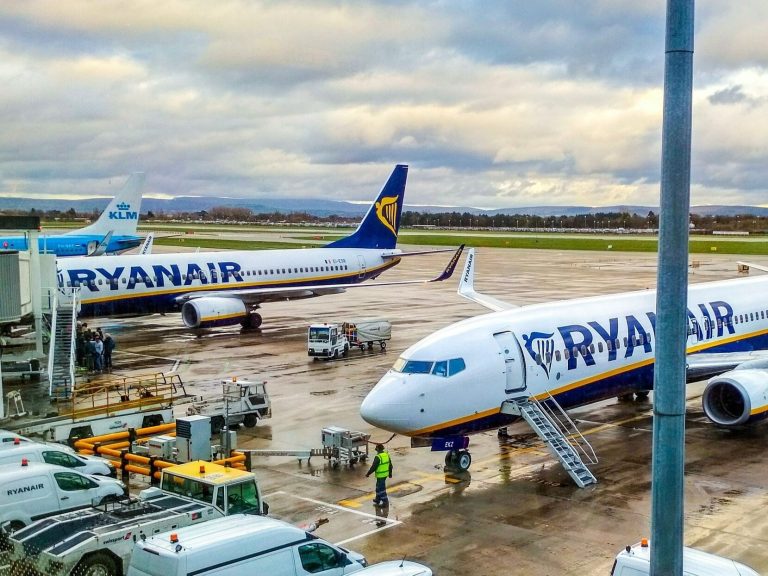The supervolcano wakes up from its sleep. The explosion almost led to the extinction of humanity

The Toba supervolcano almost wiped out humanity 75,000 years ago. Today it may pose a threat again, and scientists believe that another eruption cannot be avoided.
- What is the Toba supervolcano?
- The previous eruption almost wiped out humanity
- Are we at risk of another catastrophe?
The Toba volcano is one of the supervolcanoes whose eruption may threaten the existence of life on Earth. Located in Sumatra, an island in Southeast Asia in the Malay Archipelago, inhabited by 45 million people, it is a ticking time bomb. The previous eruption, which occurred 75,000 years ago, led to a cooling of the climate and the extinction of many species. According to researchers, global cooling may have lasted almost a thousand years, and the average global surface temperature has dropped by 3–5 °C.
What is the Toba supervolcano?
The Toba supervolcano, located in Indonesia, erupted 75,000 years ago. The eruption led to the formation of a caldera measuring approximately 100 × 30 km. Today, there is a lake and an island in this place, inhabited by one hundred thousand people. Moreover, the region is popular among tourists, and there are famous resorts on Lake Toba.
There are many indications that this place is no longer safe. Recently, scientists have recorded an increase in the temperature of the water in the lake, which may mean that the volcano is waking up from sleep again. In 2016 and 2018, fishermen found millions of dead fish on the water surface. After taking samples, it turned out that the cause of the phenomenon was a significant warming of the water temperature at the bottom of the lake. This may mean that the magma chamber is already filled and an eruption is inevitable.
The previous eruption almost wiped out humanity
The explosion from 75,000 years ago received 8 points on an 8-point scale of explosiveness. The eruption was powerful, billions of tons of ash entered the atmosphere and later settled throughout South Asia, as well as in the Indian Ocean and the Arabian Sea. According to scientists’ estimates, the eruption caused a “volcanic winter” and a global cooling of the climate for almost a thousand years.
Some researchers estimate that the eruption caused a temporary glaciation, but the scientific community is not fully convinced on this issue. All we know is that many animal species died as a result of the explosion, and humanity was one step away from annihilation. According to scientific data, between 100,000 and 50,000 years ago, the population on Earth dropped sharply to approximately 3,000-10,000. This is the so-called a “bottleneck” in evolutionary history that may be a consequence of the eruption of the Toba volcano.
Gases and ashes ejected into the atmosphere blocked sunlight and caused a huge ozone hole. Animals and people began to get sick, and after the ashes fell to the ground, they also lost access to food. According to these theories, people who lived in Africa were supposed to survive. From there, migrations to other regions of the world were to begin.
Are we at risk of another catastrophe?
Scientists agree that an eruption is inevitable. The chamber in the volcano’s caldera is filled with magma at a depth of 20 to 100 kilometers. The inflow of magma not only leads to an increase in water temperature, but also to the gradual lifting of the island in Lake Toba. There are many indications that the outbreak may come unexpectedly, and researchers will not be able to predict exactly when it will happen. Previous eruptions also occurred unexpectedly as the magma reservoir was slowly but regularly filled.






